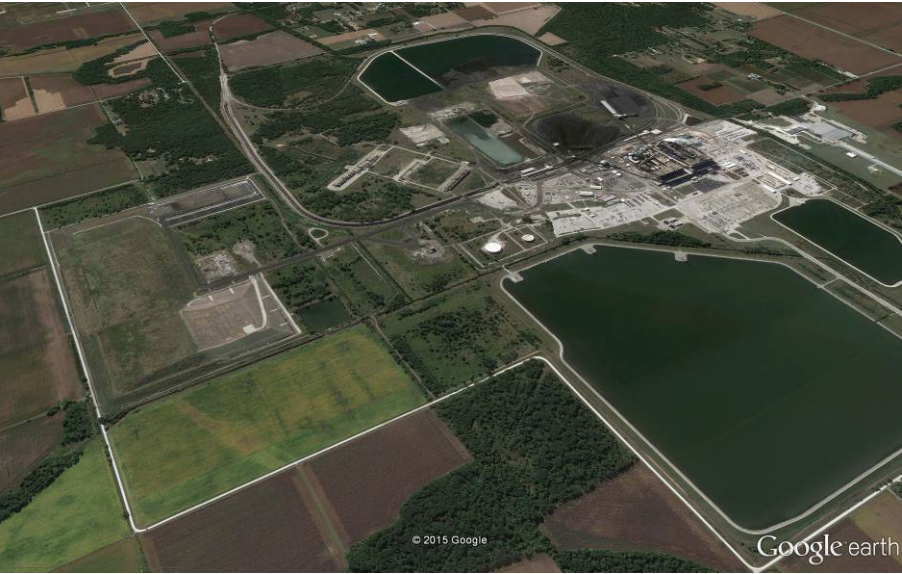Schafer Station, CCR Landfill Expansion
Wheatfield, Indiana
Client: NIPSCO
Project Highlights:
- Coal-fired boilers and dry ash landfill, 198-acre total, 12-acre expansion
- Units 1-4: 1976, 1979, 1983, 1986
- Dry ash landfill size: 198-acre total; 12-acre expansion
- Project completion: 2014
Project Description:

Sargent & Lundy was the A/E for design of the 12-acre landfill expansion in 2014, at the Schahfer site in northwest Indiana. The scope of work included design construction plans and specifications, quality assurance specification, and an operations manual for the ash disposal site. In addition, Sargent & Lundy prepared and received an Indiana Department of Environmental Management Permit Modification approval for use of an alternative geosynthetic clay liner (GCL) for subsequent phases as a substitute for the permitted clay liner. The rationale for the Permit Modification was that good clay sources are located at a costly distance and the GCL would be more economical.
Project Scope:
The dry landfill receives CCRs from several of NIPSCO’s generating stations. Key features of the Schahfer landfill design included:
- Detailed engineering and design
- Permitting
- Composite clay and 60-mil HDPE membrane liner system meeting the facility's current IDEM Permit, leachate collection layer and piping network, leachate pumping station, and protective cover materials over the liner system
- Leachate collection granular material and protective cover layer processed from an existing bottom ash disposal pond to reduce costs
- Final closure cover design system includes use of bottom ash to reduce the costs of obtaining alternate cover soils
- Operation manual, including groundwater monitoring program, dust control, placement filling and compaction, closure and post-closure requirements, erosion controls, and inspection and construction documentation, operation staff, equipment, emergency response requirements, phase transition in the 12-acre cell